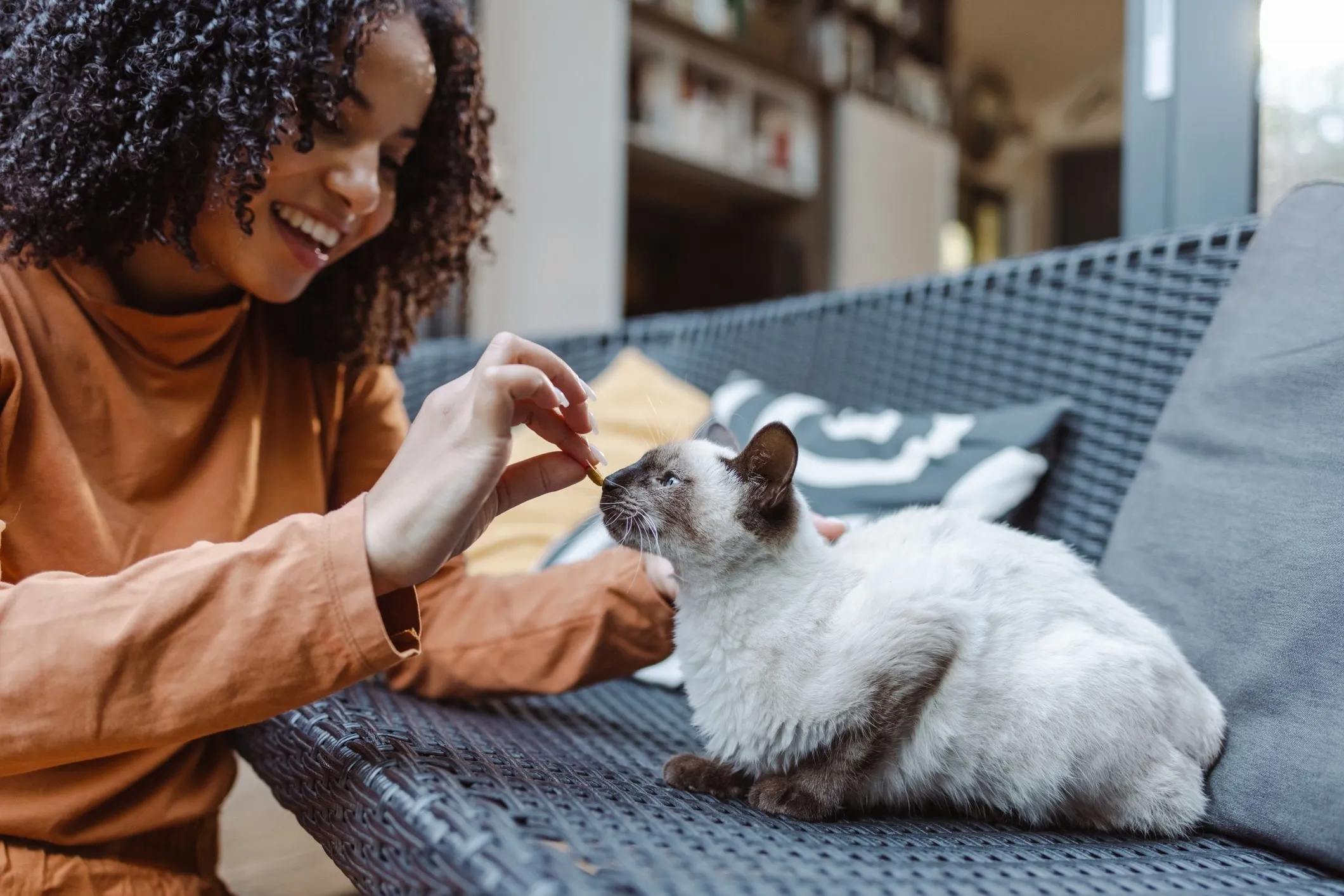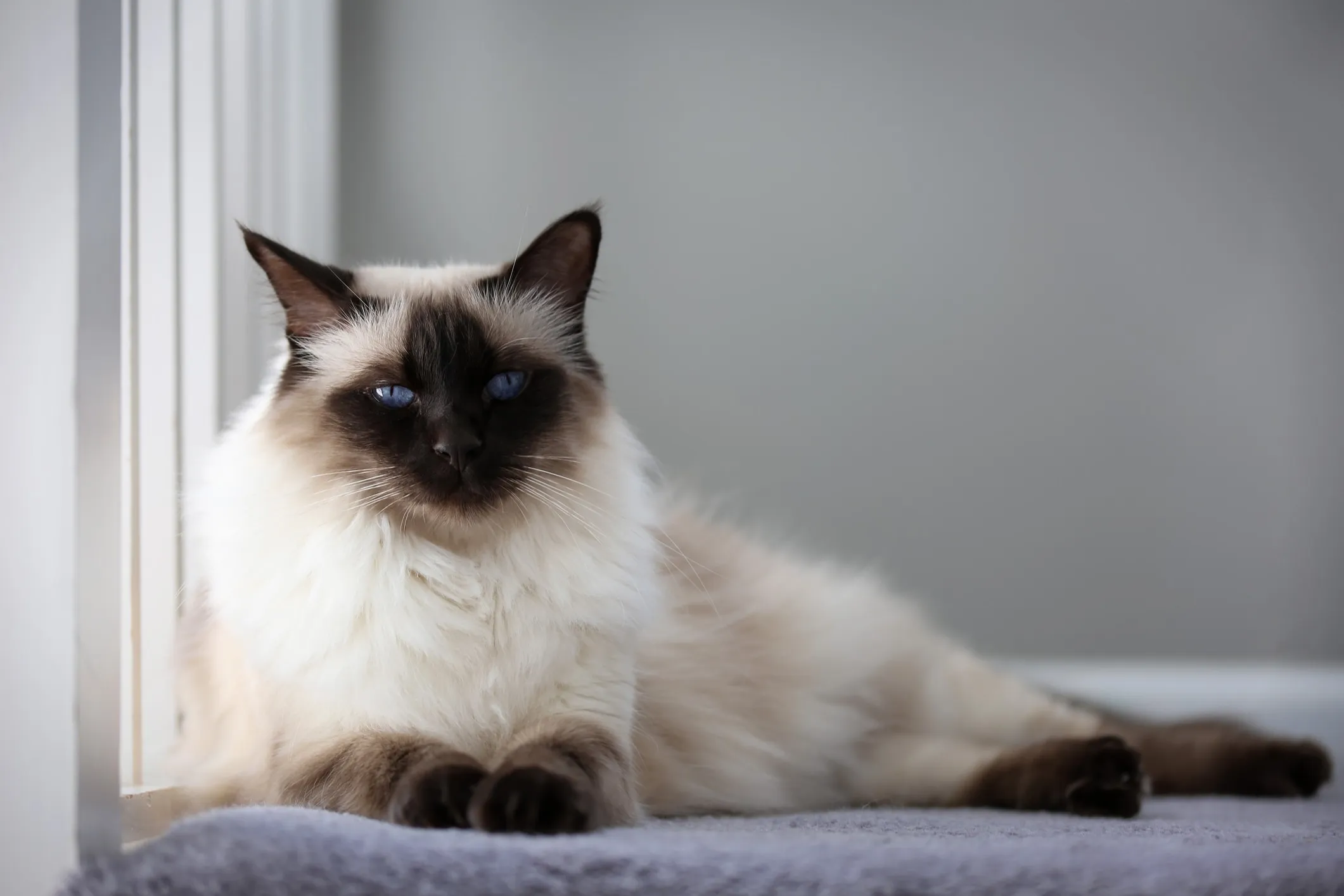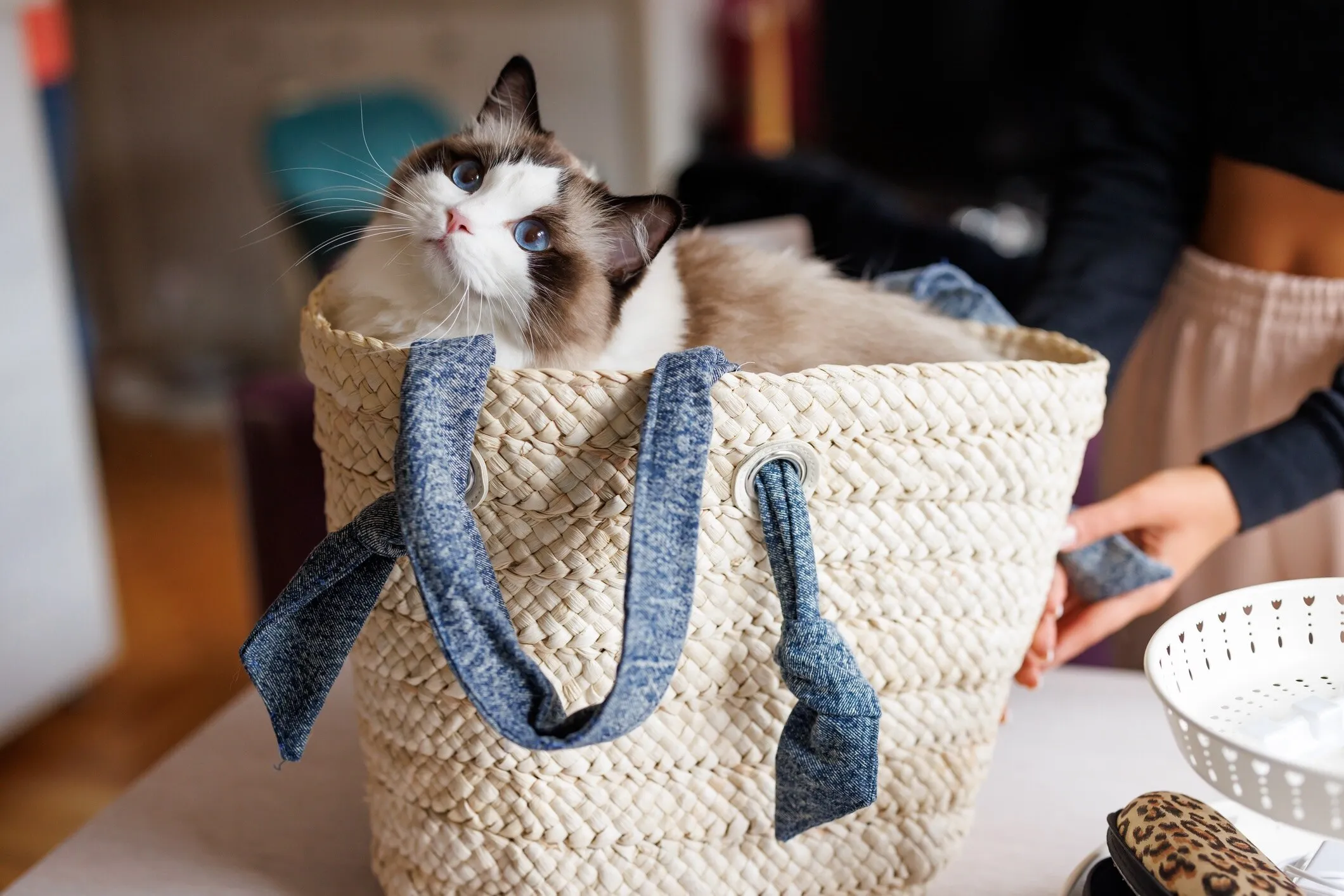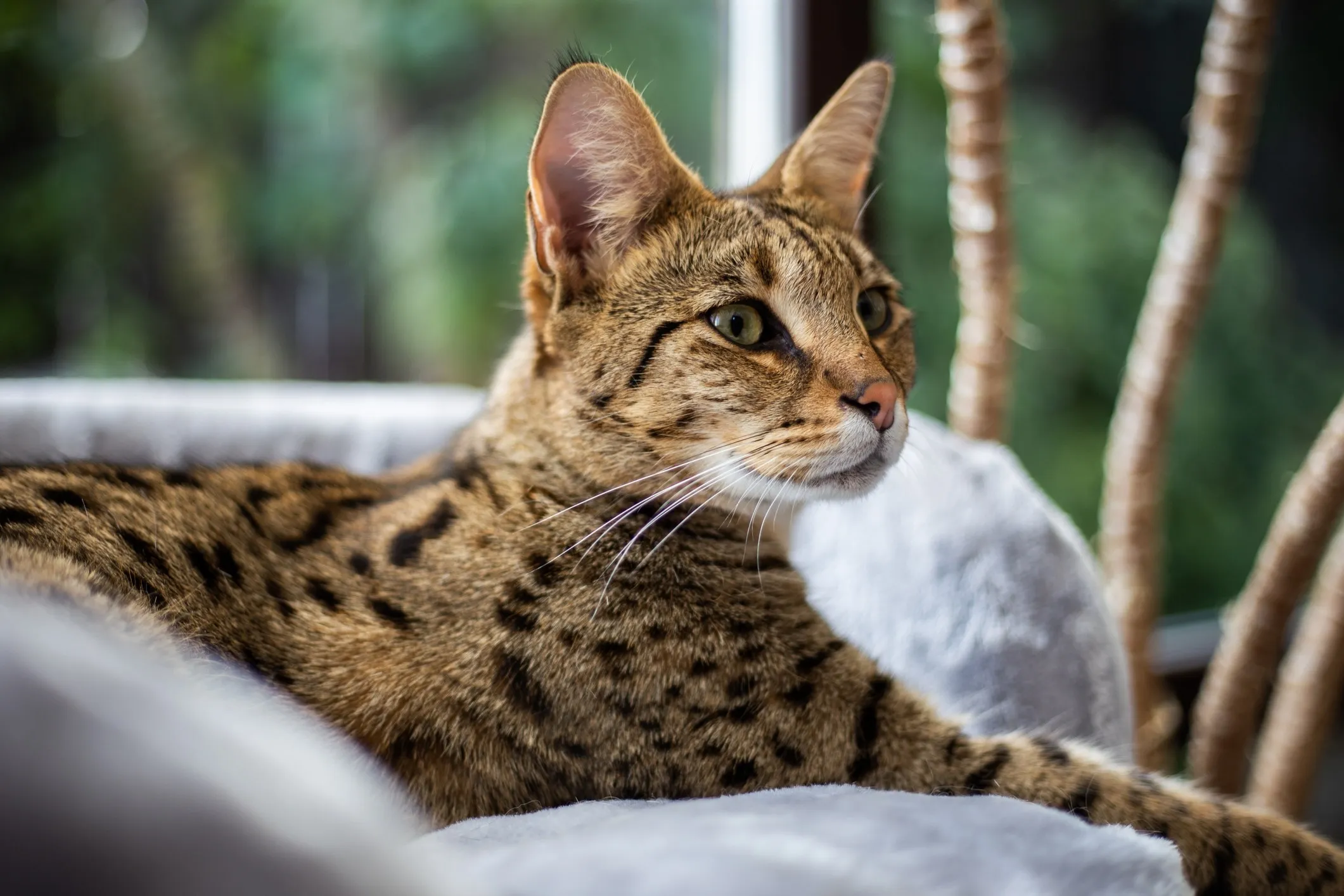While myths suggest cats possess nine lives, the reality is they have just one. The length of that single life is influenced by numerous factors, including breed, environment, healthcare, diet, and activity levels. For those dreaming of a feline companion for more than a decade, understanding which breeds tend to live the longest is key. The average lifespan for a domestic cat is between 13 to 17 years, though many exceed this, with the record-holder, Creme Puff, living to an astonishing 38 years. This guide explores some of the cat breeds known for their longevity, along with essential tips to help your beloved pet live a long and healthy life.
Cat Breeds Renowned for Longevity
Several cat breeds stand out for their potential to live well into their late teens and even early twenties, offering years of devoted companionship.
Siamese Cats
Life expectancy: 15–20 years
Siamese cats form deep bonds with their owners and can be cherished companions for up to two decades. Their curious and vocal nature means they thrive with interactive play and mentally stimulating activities. Engaging toys, such as puzzle feeders, can keep their intelligent minds occupied and satisfied.
 A Siamese cat enjoying a treat while lounging on a sofa.
A Siamese cat enjoying a treat while lounging on a sofa.
Burmese Cats
Life expectancy: 10–17 years
As one of the breeds with a longer lifespan, Burmese cats can live to 17 years or beyond. They are typically social, vocal, and trainable, often enjoying activities like learning tricks or playing fetch with their owners, fostering a strong connection through interactive training.
Balinese Cats
Life expectancy: 18–22 years
A longhaired variant of the Siamese, the Balinese cat is intelligent, social, and can live into their early twenties. However, they are predisposed to certain genetic conditions like progressive retinal atrophy (PRA), which can lead to blindness, and hepatic amyloidosis, a liver disease. These conditions often manifest symptoms before the age of five to seven years, highlighting the importance of regular veterinary check-ups.
 A longhaired Balinese cat resting by a window.
A longhaired Balinese cat resting by a window.
Russian Blue Cats
Life expectancy: 15–20 years
Distinguished by their striking steel-gray coat and captivating eyes that transition from gold to deep green as they mature, Russian Blues are known for their elegant appearance and a lifespan that can extend to 20 years.
Ragdoll Cats
Life expectancy: 13–18 years
Affectionate and sociable, Ragdoll cats typically enjoy a long and healthy life of 13 to 18 years. These cats tend to be larger than average, some reaching up to 20 pounds. It is crucial to manage their weight to prevent obesity, which can strain their joints and impact their overall health. Proper nutrition and exercise are vital for maintaining their well-being.
 A Ragdoll cat sitting comfortably in a wicker basket.
A Ragdoll cat sitting comfortably in a wicker basket.
American Shorthair Cats
Life expectancy: 15–20 years
Developed naturally without human intervention, American Shorthairs are one of the most popular breeds in the U.S. They are known for their laid-back demeanor and low-maintenance coat. One notable American Shorthair, India, served as the “first cat” in the White House and lived to be 18 years old.
Savannah Cats
Life expectancy: 12–20 years
With a physique inherited from their African Serval ancestors, Savannah cats possess a tall, lanky build, distinctive spotted coats, large ears, and a potential lifespan of up to 20 years. Prospective owners should research their legality in their area, as their care needs and temperament can vary depending on their proximity to their Serval lineage.
 A Savannah cat relaxing in a cat bed.
A Savannah cat relaxing in a cat bed.
Bombay Cats
Life expectancy: 9–15 years
The Bombay cat is unique for its all-black coloration, from its coat and whiskers to its paw pads, complemented by bright gold eyes. While extensive health studies for this rare breed are limited, basic feline care, including high-quality nutrition, dental hygiene, and regular veterinary check-ups, can help them live up to 15 years, with some reaching 20 or more.
Turkish Angora Cats
Life expectancy: 15–20 years
Lively and vocal, Turkish Angoras often surpass the average cat’s lifespan, with some living past 20 years. While they come in various stunning coat colors, white Turkish Angoras with blue eyes may have a higher risk of hereditary deafness.
 A longhaired gray Turkish Angora cat on a dark background.
A longhaired gray Turkish Angora cat on a dark background.
Lykoi Cats
Life expectancy: 12–15 years
A more recent and rare addition to the domestic cat world, the Lykoi, often called the “werewolf cat,” is recognized for its unique patchy, coarse fur. Established in 2011, this breed is generally healthy with few hereditary conditions, and they can live for 15 years or more.
Maximizing Your Cat’s Lifespan
While genetics play a significant role, a cat’s environment and the quality of care provided by its owner are paramount to a long and fulfilling life.
1. Provide High-Quality Nutrition
Ensure your cat receives a high-quality diet that complies with AAFCO guidelines and is appropriate for their life stage (kitten, adult, or senior). Portion control and adherence to recommended daily calorie intake, tailored to age and activity level, are crucial. Consulting your veterinarian for personalized dietary recommendations is highly advised.
2. Maintain Regular Veterinary Visits
Routine check-ups are invaluable for the early detection and treatment of common feline health issues, preventing them from escalating and allowing for proactive healthcare.
3. Prioritize Dental Health
Cats with healthy teeth face a lower risk of systemic diseases, such as kidney and heart conditions, and enjoy a happier life free from dental pain. Daily dental care, using veterinarian-recommended toothbrushes, toothpaste, and dental treats, is essential for maintaining oral hygiene.
4. Manage Body Weight
Overweight or obese cats have a reduced lifespan and are more susceptible to various health problems. Maintaining a lean body weight through appropriate diet and exercise, guided by your veterinarian, is critical for longevity.
5. Regular Grooming Practices
While cats are meticulous self-groomers, regular brushing sessions (weekly) offer an opportunity to check for skin issues, coat health, and any potential problems with their eyes or ears. Trimming your cat’s nails monthly also contributes to their overall well-being.
6. Keep Cats Indoors
The lifespan of indoor cats is significantly longer than that of outdoor cats, who face numerous environmental hazards. Unsupervised outdoor access can drastically shorten a cat’s life to as little as 2–5 years. If outdoor access is desired, it should always be supervised, utilizing a leash and harness or a secure “catio,” and ensuring the cat is up-to-date on parasite prevention.
While there’s no definitive guarantee for a cat to become one of the longest-living breeds, consistent and attentive care significantly enhances the quality and length of the time you share with your feline companion.
